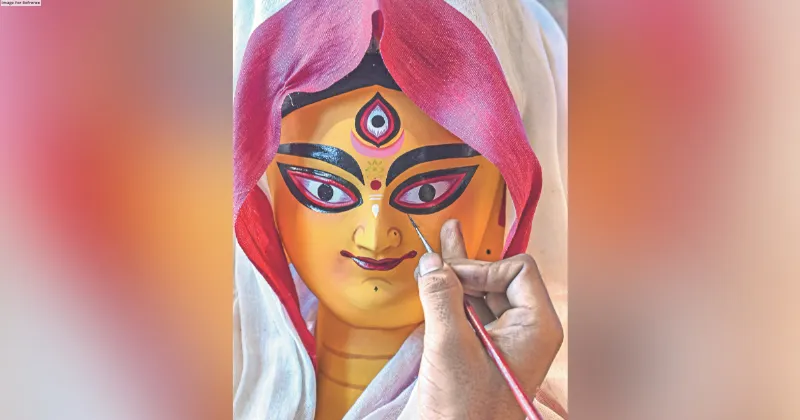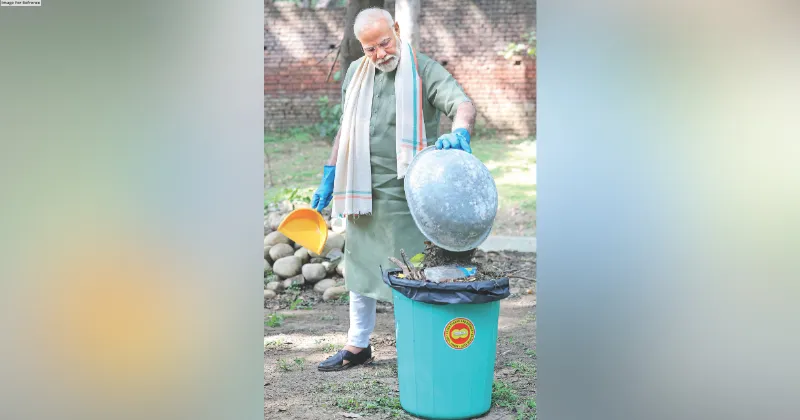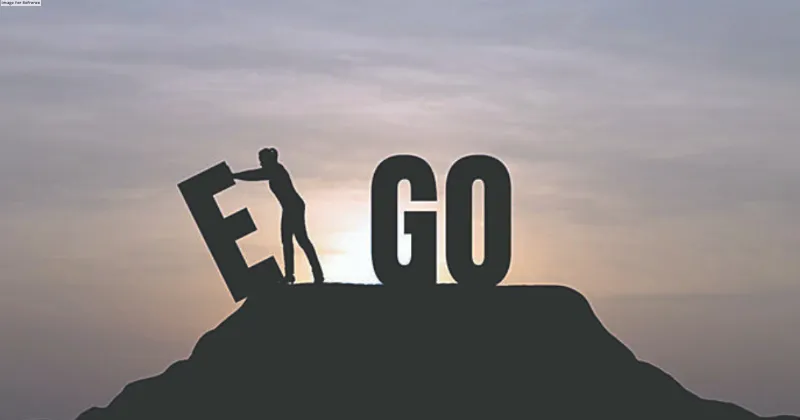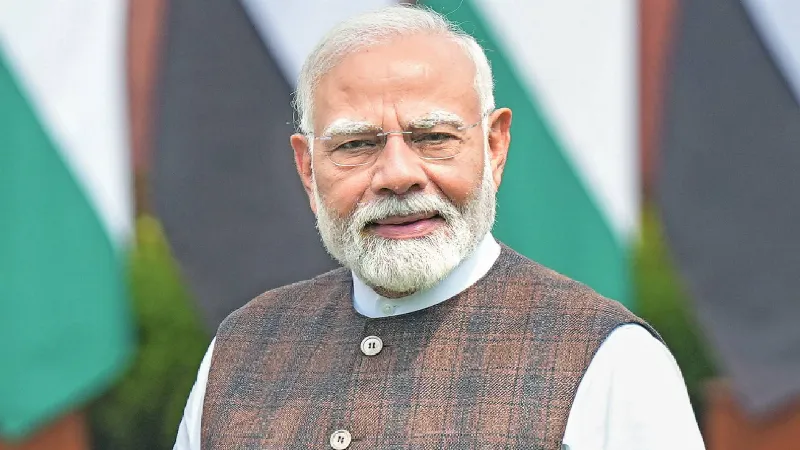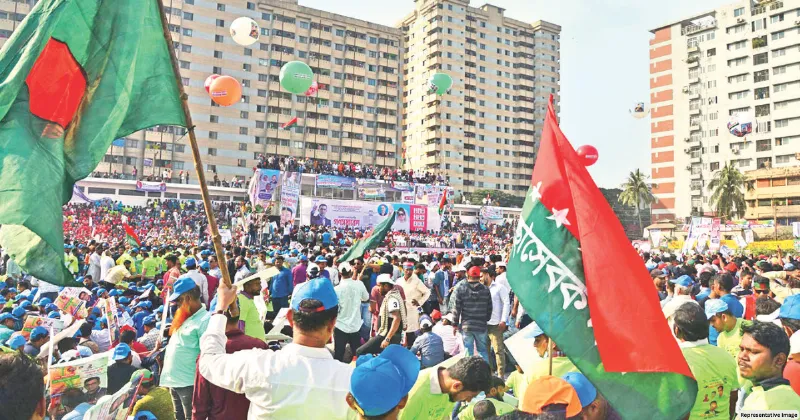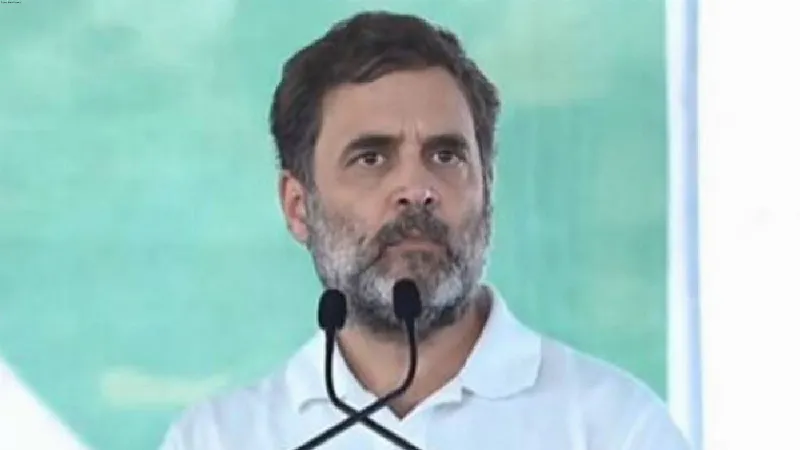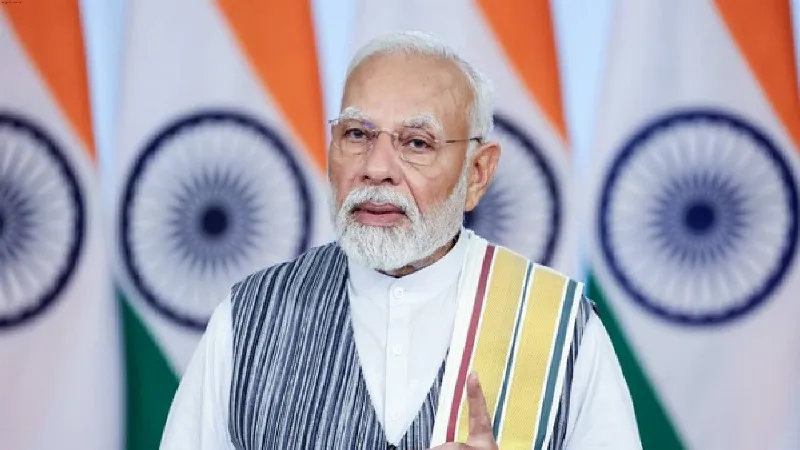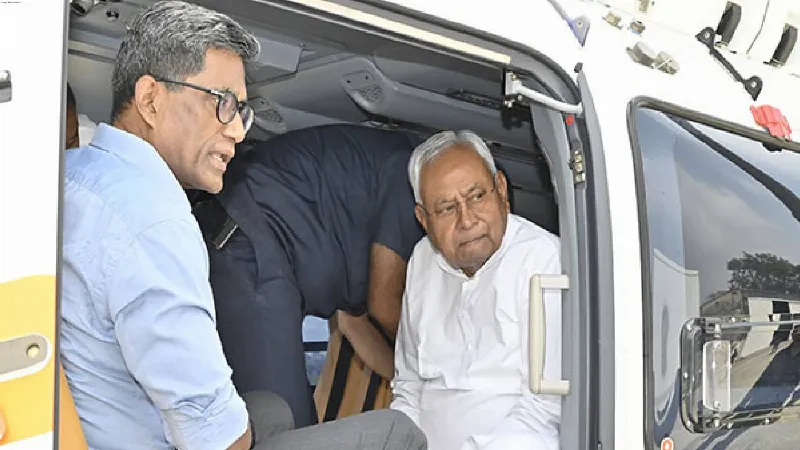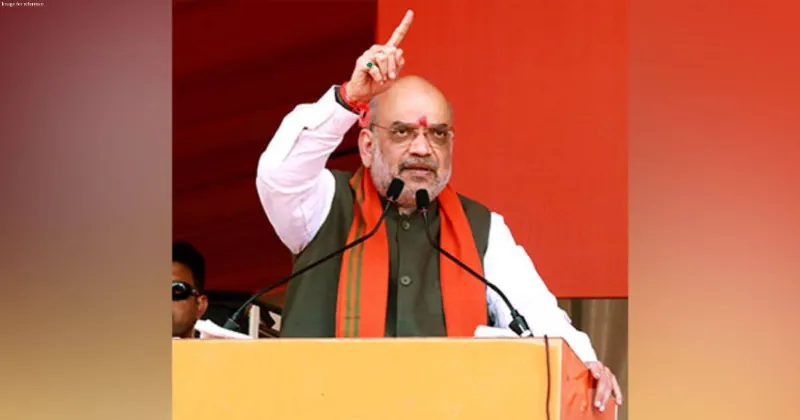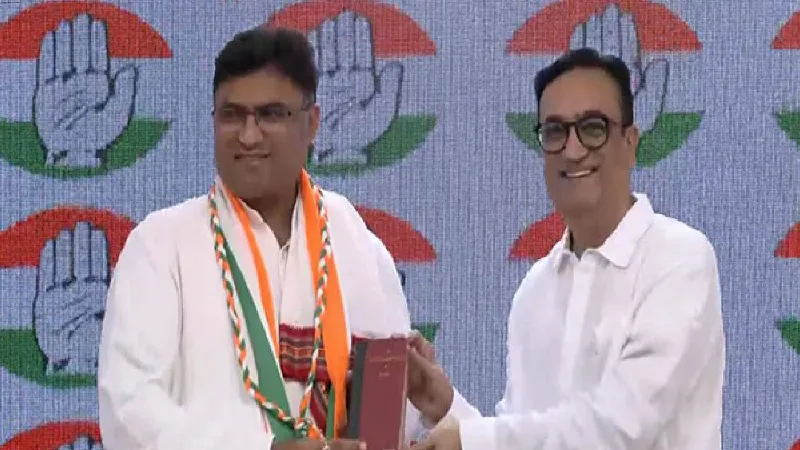Latest News
TRANSFORMING COMMUNITIES THROUGH LEVERAGING CREATIVITY AND CULTURE

India and Culture are almost synonymous with each other. It wouldn’t be surprising to say that, the global identity of India stays strong as a culturally rich country for centuries. While the country is celebrating and “meme-ing” about the Indian-origin Prime minister of the UK, Indian-origin Chicken Tikka Masala has been the national dish of the UK for centuries now. Yoga has spurred the growth of ventures serving alternate products like equipment, apps, camps, or training in schools. Additionally, June 21 is celebrated as International Yoga Day across the globe. While traditional cultural practices might be far-fetched from gen Z, the turmeric latte viz Haldi Doodh, is quite fancied in the global café chains. The epics of Indian mythology like Ramayana and Mahabharata have been adapted by many southeast Asian countries as a part of performing arts, theatre, literature, etc. For centuries, India has been eminent and one of the finest centres of handicrafts in the world. Everyday items are crafted tenderly, in an artistic manner. All of this adds to the cultural capital of our country. This capital not only brings in monetary inflow but also brings together communities while celebrating inclusions. Cultural capital plays a pivotal role in influencing a nation-brand value and alternatively, its soft power Cultural capital can be bifurcated into two forms, one is tangible and the other is intangible.
Tangible cultural capital involves creative artworks such as sculptures, handicrafts, paintings, architectural buildings, etc. Intangible consists of artwork that exists in its pure form as a public good, like music, dance, etc. Cultural amenities play a critical role in driving the success of growing cities or clustered suburbs by enabling social interaction and harmony, which encourages innovation and further leads to development. A flourishing cultural economy is a driver of economic growth, as infusing commercial value into cultural goods and services and experiences leads to revenue generation. According to the Creative Economy Outlook report by UNCTAD, India is the fifth largest exporter in the global art and craft sector. This sector not only employs the local people but also earns foreign exchange for the country. The State, of Rajasthan, houses about 6 lakh craftsmen and artisans. In the year 2020-21, Handicrafts worth Rs. 6205.32 crores were exported from the State; besides this, Gem & Jewellery worth Rs. 4067.36 crores, Textiles worth Rs. 5729.29 crores, Readymade Garments worth Rs. 1764.40 crores and Carpet/Dari worth Rs. 464.70 crores were also exported. As the world is surrounded by machine-made items, the uniqueness of artistic work would encourage greater demand in the coming future. Which would provide greater economic opportunities for creative individuals and practitioners. Regional handicraft products are the traditional wealth that has been practised for generations. This indigenous creative skill can be leveraged and encouraged to add to economic development.
Leveraging these creative skills, not only encourages creativity but also enhances the sense of identity in the community, solving the migration problem. Jaipur Rugs from Jaipur sets up a perfect example of adapting cultural resources for its social enterprise model. A social enterprise at its heart and a cultural enterprise at its core Jaipur Rugs stand strong in transforming the lives of more than 60,000 artisans across 5 states in India. Founded by Nand Kishore Chaudhary in the year 1958. It is one of India’s largest hand-knotted rug manufacturing companies that celebrate and preserves indigenous art and culture. Tracing back to the 16th century, artisans working in the Jaipur area adopted the traditional Persian weaving techniques and reinterpreted them according to their creativity. Inspired by the Gandhian Philosophy and Teachings of the Bhagavad Gita, Nand Kishore Chaudhary saw the greatest potential at the bottom of the pyramid by transforming the community through creativity and adopting regional cultural resources. In the era of technology and advanced machinery, Jaipur rugs focused on human creativity and encouraged artisans to weave hand-knotted carpets of a high-quality standard. It focuses on turning artisans into artists.
With Projects like ‘Manchaha’ which translates to ‘my heart’s desire’ builds on the journey of converting artisans into artists. ‘Freedom Manchaha’ offers hope through creativity and healing for the incarcerated. In collaboration with the State of Rajasthan Prison Department, by conducting prison workshops in Jaipur, Bikaner Central, and Dausa Central jails. Artisans have the choice to weave their unique idea by using leftover hand-spun yarn, weavers-turned-artists tell stories that matter to them through their creations, also focusing on environmental sustainability and conscious production. Many such creative enterprises contribute to the creative economy which preserves, sustains, and encourages our cultural identity. While art has proven power to change the world, It is also a distinguishing factor between us humans versus other animal species. Embracing it in our lives would enable us to lead ourselves on the path of selfactualization.

